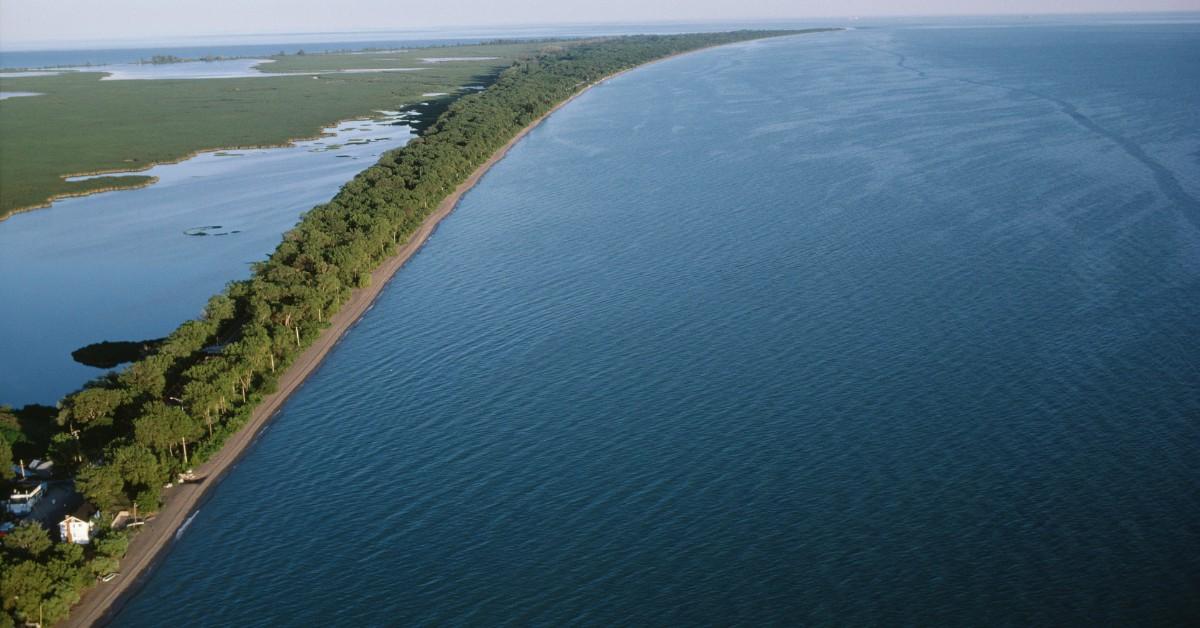“Forever Chemicals” Found In All Areas of the Great Lakes
Rainwater is one of the leading contributors to PFAS in the Great Lakes.
Published May 21 2024, 2:17 p.m. ET

Anyone worried about the ever-growing presence of PFAS — which stands for per- and poly-fluoroalkyl substances and is the toxic group of chemicals also known as forever chemicals — in the world's drinking water will not be happy to learn about a 2024 study showing just how contaminated America's water has become. In fact, a peer-reviewed research study released in May shows that the chemicals have completely infiltrated the Great Lakes basin.
As if that's not alarming enough, the PFAS can be found in pretty much every aspect of the area, including the air and water. Experts are sounding the alarm after reviewing these findings and saying that they may have discovered new information about exactly how forever chemicals move through the environment, raising concerns about what that may mean about our health and safety. Here's what we know so far.

A 2024 study shows that PFAS or "forever Chemicals" are present in the Great Lakes Basin.
A peer-review study has determined that the Great Lakes basin — which is made up of Lakes Huron, Ontario, Michigan, Erie, and Superior, and is home to 95% of the nation's freshwater — has detectible levels of forever chemicals in the water, atmosphere, rain, and air. The study goes on to confirm that the biggest contributor to the presence of these chemicals comes from rainwater and the air, according to The Guardian.
Up until this study was completed, experts believed that the air and rain played insignificant roles in the movement of PFAS, something one of the study's co-authors says was likely due to the fact that nobody had really done that much research into it yet. Of course, that's likely to change since it seems to establish that PFAS are moving through our environment in ways we haven't yet thought of.
Not only that, but experts are also now saying that while most of the PFAS deposited into the Great Lakes come from rainwater, it's not entirely clear just how far that water is traveling before it lands in the region, which means they don't know where to begin preventative measures. As for which areas are seeing the most PFAS, it looks like Lake Ontario had the highest water contamination levels, while Lake Superior (the largest lake in the region with the deepest depth) had the lowest levels.
A 2023 study revealed PFAS in Great Lakes fish.
It should come as no surprise that a 2023 study determined that fish sourced from the Great Lakes were contaminated with PFAS as well. The study went as far as to say that eating a fish caught in the region's lakes was on par with drinking water contaminated with toxic chemicals for a month. In an alarming statement, one scientist said that as few as one or two meals containing the contaminated fish could have a notable impact on your blood levels, according to The Guardian.
Unfortunately, none of these are problems that can be solved quickly, since lake water has a notoriously low turnover rate to begin with. When you take into consideration just how much water there is in the Great Lakes, well, experts say it's likely that those PFAS levels will remain elevated for decades.